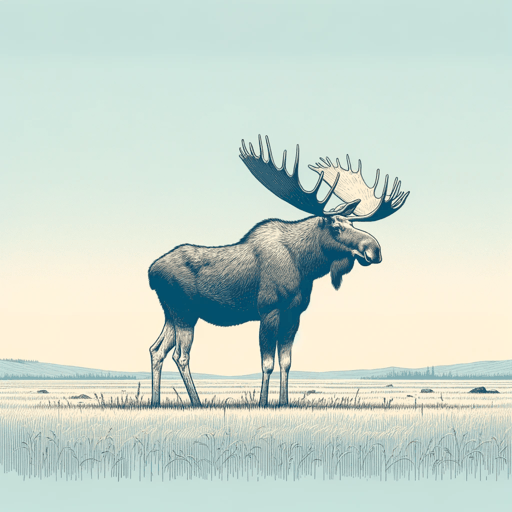21 pages • 42 minutes read
Alden NowlanThe Bull Moose
Fiction | Poem | Adult | Published in 1996A modern alternative to SparkNotes and CliffsNotes, SuperSummary offers high-quality Study Guides with detailed chapter summaries and analysis of major themes, characters, and more.
Symbols & Motifs
The Bull Moose
The subject of the poem, the bull moose symbolizes nature's purity and power. Wild and uninhibited as the poem begins, the moose seems tired and stymied when he collides with the so-called civilized world. This symbolizes nature’s defeat by the forces of materialism and human greed. As the moose moves through his habitat, the poem describes the wilderness in vivid detail, using strong imagery such as the “purple mist of trees on the mountain” (Line 1). However, once the moose reaches the pasture, the natural imagery takes a backseat, and the poem focuses on the moose’s isolation and treatment by humans. This symbolizes that the world of the wild is holistic and harmonious, with animal and landscape in sync with one another.
The human world, however, is fractured: Humans are adversarial to their habitat. The cruelty of the young men towards the moose, “pry[ing] open his jaw with bottles” (Line 21), inverts popularly held notions about civilized and savage. Here, it is the young men who symbolize beasts, while the gentle moose represents civility. Thus, the moose challenges the human sense of superiority.
The reader may ask is that if the moose represents the divine power of nature, as well as that of God (Jesus), why does he suffer in the poem? The answer is that the moose doesn’t represent an all-powerful god in the scriptural or sacred sense, but God as a presence uncorrupted—pure, and powerful like nature.

